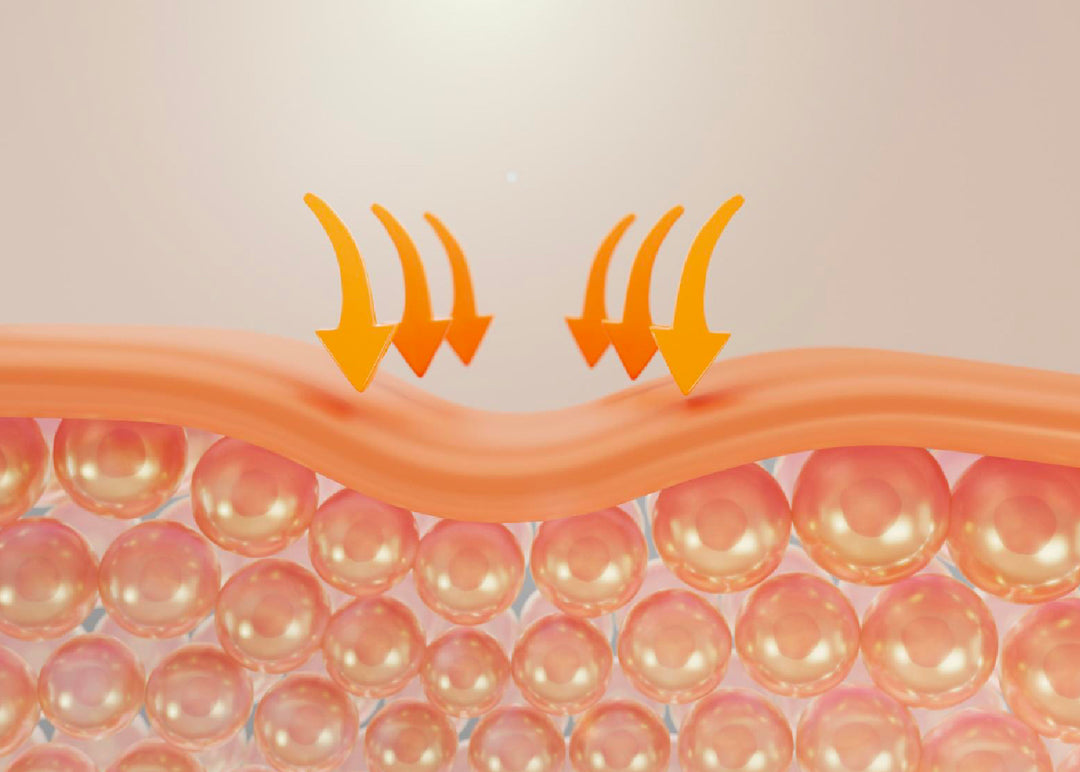ALL ABOUT Concave and Concave Scar Treatment
Different shapes, different depths, and different types of concave and convex holes are assisted by medical-grade instruments to provide precise processing to effectively stimulate the regeneration and repair of collagen, thereby improving the appearance and texture of scars.
Comprehensive solution to the problem of uneven scars
Our clinic is equipped with 5 major scientific research instruments. The medical-grade treatment plan is based on different shapes, different depths, and different types of uneven scars to provide targeted treatment and repair the sunken skin tissue. By comprehensively solving the problem of uneven scars from shallow to deep, using instruments that can touch different skin layers, and continuing the treatment, you can achieve the best treatment effect and restore the skin to "native skin." If not treated as soon as possible, the fibrous tissue of the skin will continue to harden, and the proliferated blood vessel tissue and excessive melanin secretion will lead to pigmentation, turning the skin at the acne site into deep red and dark brown sunken scars, forming what is commonly known as a volcanic cave.


Understanding bumpy scars
Atrophic Scars are also called concave and convex holes. Due to damage to collagen and elastin fibers, as well as pigmentation left behind after skin damage or inflammation, it often has a sunken appearance, with the skin's surface being lower than the surrounding skin. The most common depressed scars are scars left after inflammation of acne, which are called acne scars. If you have tried squeezing an acne with your hands, the bacteria in it may cause skin inflammation. If the acne recurs at the same location later, it will damage the dermal tissue and form depressed scars. The sooner you repair uneven scars, the faster your recovery will be. When uneven scars are first formed, the skin tissue has a stronger natural repair ability, which is the best time for treatment.
Common Types
Ice chisel type (conical shape)
The opening of the epidermis is less than 2mm, and the scar is deep, reaching the dermis.
Carriage type (round)
The epidermal opening range is narrower, about 1-1.5mm, and the bottom is flatter and shallower.
Rolling type (dimple in the center)
The epidermal opening range is wide, about 4mm or more, and the depression reaches the dermis layer and fascial layer. The epidermal opening range is wide, the most serious.
F&Q
A: No, because treatment of convex and convex scars may need to go deep into the dermis, so before the treatment, we will apply local anesthetic ointment on the corresponding area to reduce discomfort during the treatment.
It is recommended to perform a course of treatment approximately every 4 weeks, and the skin needs 3-10 days to recover after each course of treatment. The time between the next treatment will be determined based on the skin repair condition and time.
Mild redness and swelling may occur during the first 2-3 days after treatment. It is recommended to use ice packs and ointments. Next, the skin is likely to develop scabs. Generally speaking, these scabs will gradually fall off naturally within 7-14 days. During this time, be especially careful to apply sunscreen to ensure your skin is fully protected.









